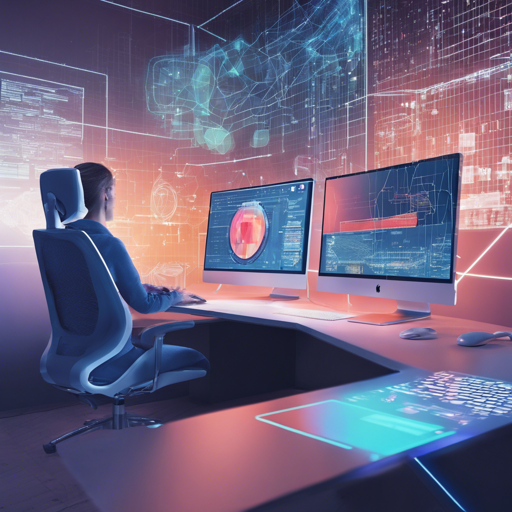Welcome to your quick guide on utilizing CamTools, a robust collection of tools designed specifically for handling cameras in the realm of computer vision. This toolkit is perfect for tasks like plotting, converting, projecting, and ray casting with camera parameters. Whether you’re a beginner or an experienced developer, this user-friendly guide will help you grasp the essentials of CamTools.
Features of CamTools
- Plot Cameras: Essential for debugging in 3D reconstruction and NeRFs.
- Convert Camera Parameters: Convert between various camera parameter formats with ease.
- Projection and Ray Casting: Convert 3D points to pixel coordinates and retrieve 3D points from depth images.
- Image and Depth IO: Enforcing strict type and range checks.
- Command-Line Tools: Run various camera functions directly from the terminal.
Getting Started with CamTools
1. Installation
To install CamTools, you have straightforward options:
pip install camtoolsAlternatively, if you prefer to install from the source, follow these commands:
git clone https://github.com/yxlao/camtools.git
cd camtools
pip install .For editable mode or development version, use:
pip install -e .
pip install -e .[dev]2. Using CamTools
Let’s delve deeper into how to use CamTools effectively with some examples.
Plotting Cameras
Imagine you’re an artist trying to organize a gallery. You want to visualize your gallery layout, providing a clear view for debugging. In this analogy, each camera is a piece of art positioned in your gallery space. You can use CamTools to plot these cameras:
import camtools as ct
import open3d as o3d
cameras = ct.camera.create_camera_frustums(Ks, Ts)
o3d.visualization.draw_geometries([cameras])Converting Camera Parameters
Every artist has an original format for their artwork, and when sharing it, they must translate it accurately. Similarly, CamTools helps you convert camera parameters:
pose = ct.convert.T_to_pose(T) # Convert T to pose
T = ct.convert.pose_to_T(pose) # Convert pose to T
R, t = ct.convert.T_to_R_t(T) # Convert T to R and t
C = ct.convert.pose_to_C(pose) # Convert pose to camera center
K, T = ct.convert.P_to_K_T(P) # Decompose projection matrix P to K and T
Projection and Ray Casting
Imagine creating a detailed map of the gallery based on visitor interactions. Using CamTools, you can project 3D points into pixel data and backcast depth images to obtain those points again:
pixels = ct.project.points_to_pixel(points, K, T)
points = ct.project.im_depth_to_points(im_depth, K, T)
im_depth = ct.raycast.mesh_to_depths(mesh, Ks, Ts, height, width)
Troubleshooting
If you encounter issues while using CamTools, here are a few tips:
- Ensure that all dependencies are correctly installed. If the commands don’t work, check your environment.
- Verify that the camera parameters are correctly configured; incorrect values can lead to projection errors.
- For more insights, updates, or to collaborate on AI development projects, stay connected with fxis.ai.
Conclusion
At fxis.ai, we believe that such advancements are crucial for the future of AI, as they enable more comprehensive and effective solutions. Our team is continually exploring new methodologies to push the envelope in artificial intelligence, ensuring that our clients benefit from the latest technological innovations.

